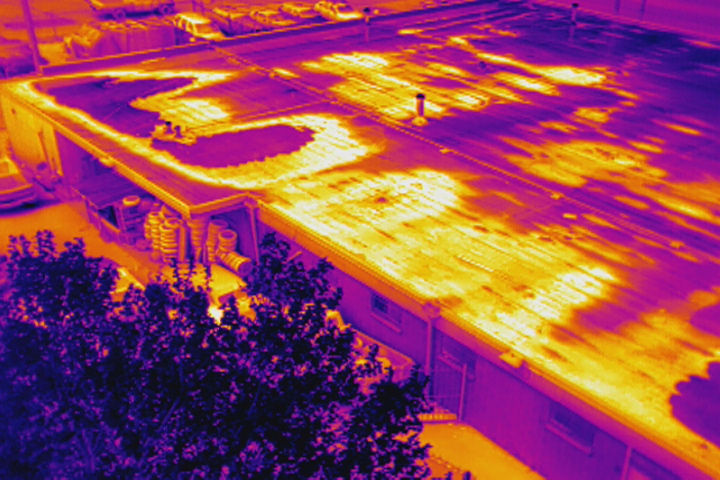What is an Air Barrier?
- Dani Ittner
- Mar 5, 2018
- 2 min read

What is an Air Barrier?
An Air Barrier is an assembly of materials that, when properly detailed and installed, restrict the UNINTENTIONAL flow of air through the Building Envelope. A whole building Air Barrier includes all 6 sides (floor, walls, and roof) of the building envelope. An Air Barrier is a critical piece of the Building Envelope and Preventing air leakage is the most efficient way to ensure you get the best performance out of your insulation and mechanical systems and prevent moisture issues.
The materials used to construct the air barrier must be tested and qualify as air barrier materials per ASTM E2178. Common materials that meet this requirement are; ½” gypsum board, concrete, fully grouted 8” CMU, rigid foam insulation, and ½” plywood (not OSB). When using these materials to construct an air barrier, special attention needs to be given to the edges or seams to ensure a continuous air barrier installation. Air Barrier systems (assemblies of materials such as Tyvek’s Commercial Wrap Air Barrier System) are often used as they provide coverage over larger areas and the detailing at penetrations and edges is figured out by the manufacturer. Like materials, these systems must be tested and qualify as air barrier systems. Systems are tested per ASTM E2357, ASTM E1677, or ASTM E283.
What is an Air Barrier Test?
An Air Barrier Test is a test performed during construction to check the quality of the installation of the Air Barrier. The test is done after the entire air barrier is installed using large, calibrated blower door fans that pressurize and depressurize the building while simultaneously measuring how much air leaks through the Building Envelope. The WSEC currently requires that that leakage rate not exceed 0.40 cfm/SF. This can be an easy target to hit with a little attention given to detailing and construction. According to ASHRAE, 0.30 cfm/SF is an average building. The US Army Corps of Engineers has required all their new buildings to test below 0.25 cfm/SF since 2008, and now requires some facilities to test below 0.15 cfm/SF.
When designing an Air Barrier we do not take into consideration the testing target. You either have an Air Barrier or you don’t. The difference in performance on the test is largely impacted by the quality of installation . Deficiencies in the air barrier may be due to bad detailing, poor material selection, or poor construction practices. Some buildings, like apartments, are inherently more difficult to seal due to numerous penetrations and detailing requirements, but even these buildings can perform very well on Air Barrier tests. We have tested 5-story apartment buildings at below 0.20 cfm/SF.
Do I need to do an Air Barrier test on my building?
All new buildings with mechanical cooling and/or heating, in the State of Washington, are required to have an Air Barrier test done to receive their Certificate of Occupancy. Renovations and remodels do not require a test, but additions to existing buildings do. The Washington State Energy Code has required the test on all buildings since summer of 2013. The Air Barrier is a key piece in the energy efficiency of a building due to the effect of air leakage on the performance of mechanical systems and the thermal performance of the Building Envelope.























